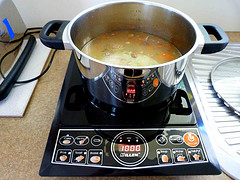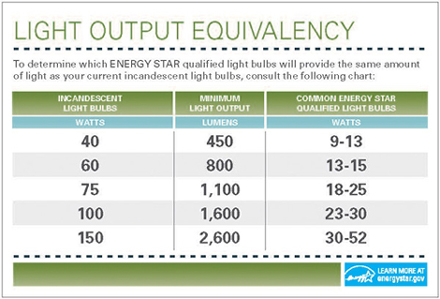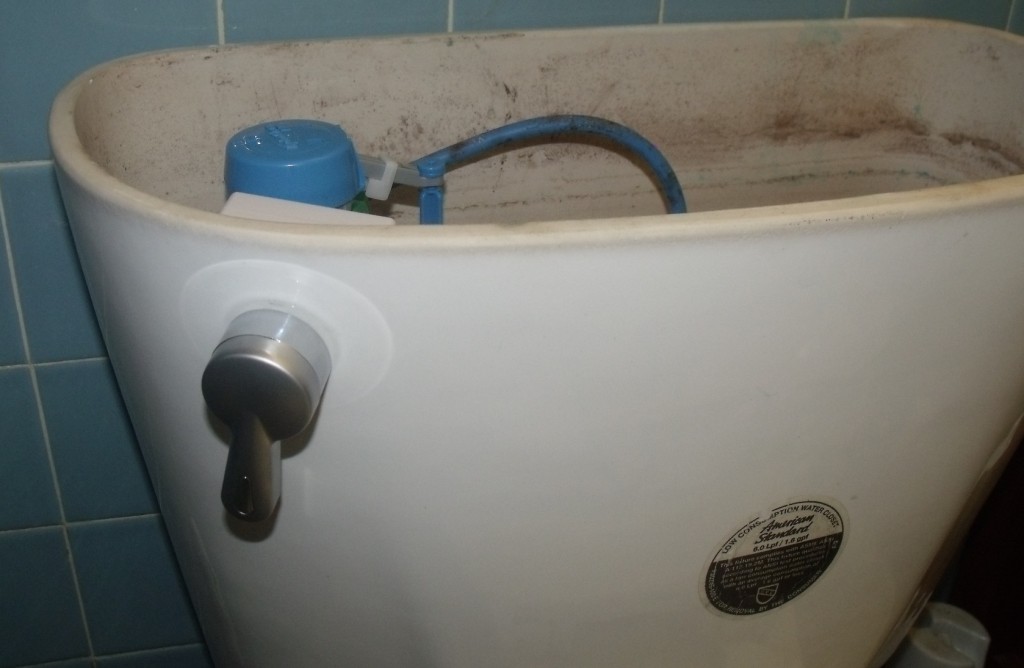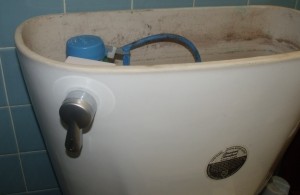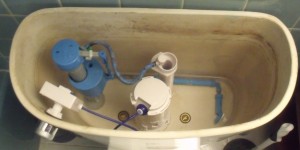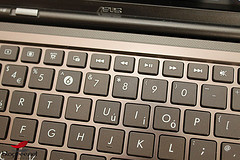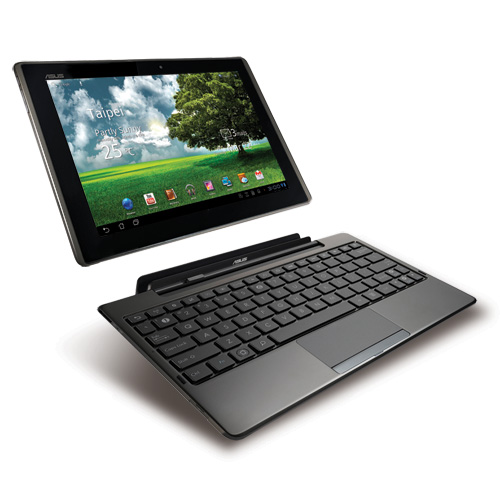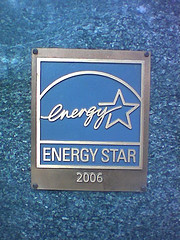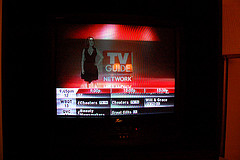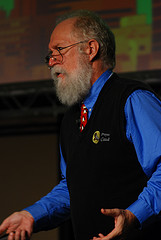
In December of 2010, we mourned the loss of Kodachrome, the iconic film. Now Kodak, amidst its financial woes, is discontinuing slide film. This leaves Fujifilm as the only provider in this area.
The remaining stock of Ektachrome E100G, E100VS, and Elite Chrome Extra Color should last six to nine months.
This comes at an interesting time for us. We just pulled out the old family Ektachrome slides back in December, boxed them up, and shipped them to Scancafe with the intention of having them scanned and subsequently disposed of. Of course, these scans hadn’t seen the light of day for years.
We had previously written about our efforts to do it ourselves, when we reviewed the Wolverine Slide Scanner. It wasn’t a reflection on the quality of that product, only our laziness. Stay tuned for a review of Scancafe. It takes weeks for Scancafe to scan slides. Despite getting them in early January, they have just started processing the 2260 slides sent.
Related articles
- Kodak stops producing slide film due to lack of demand (theverge.com)
- Time moves on: Kodak to end slide film production (boingboing.net)


